Affiliate links may be included for your convenience. View our privacy and affiliates policy for details.
Learn all about what fidget spinners are, how they work and how to make your own.
Affiliate links included for your convenience.
Fidget spinners seem to have come out of nowhere to be the new favorite must-have thing for kids. While they certainly must drive some teachers crazy, they have a legitimate use, and, what’s more, teach a bit about physics and are a fun project to make yourself.
What is a Fidget Spinner?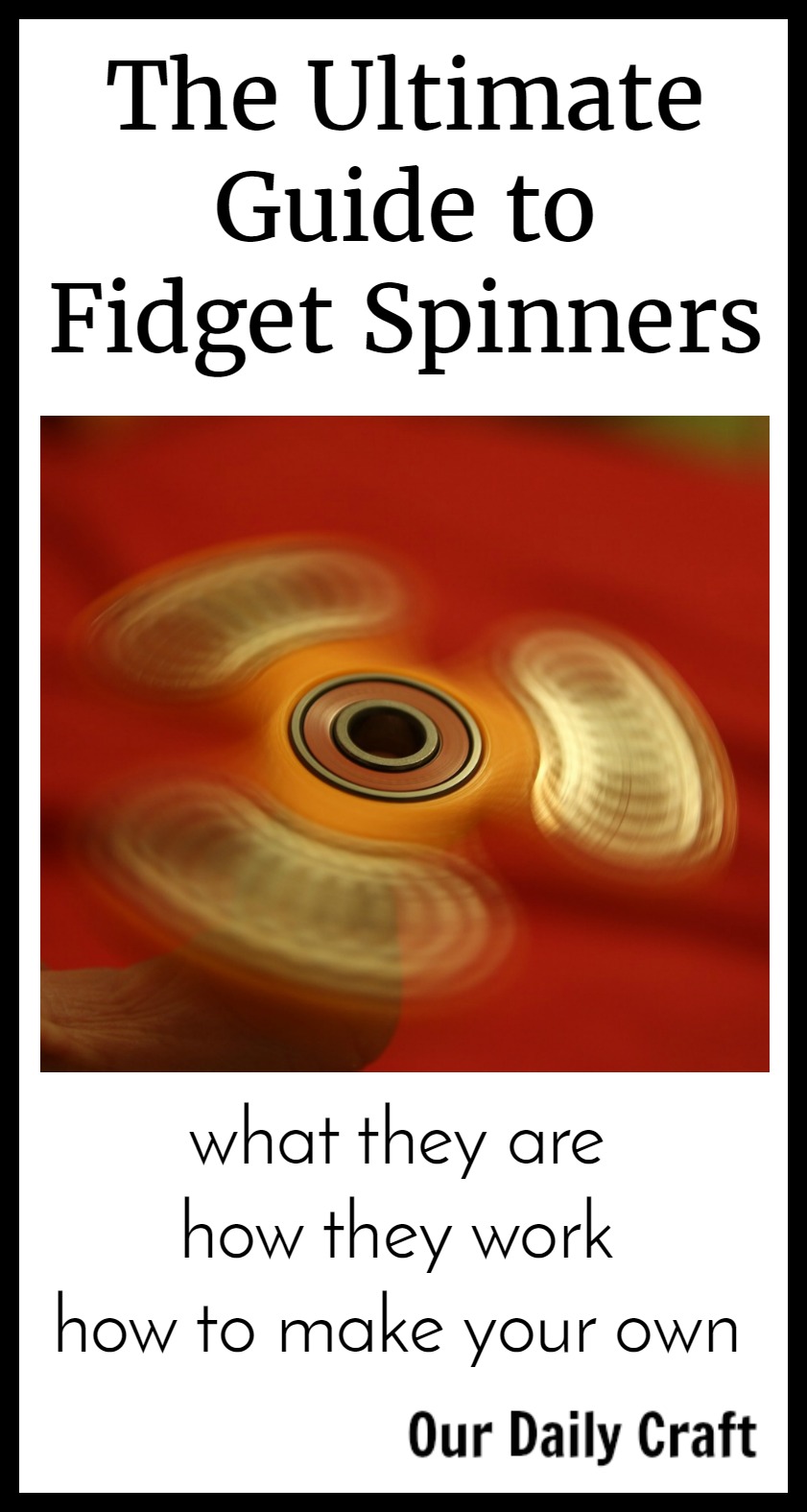
Fidget spinners are usually three-armed toys that look like someone squeezed a triangle. Each end has a weight, and the center has ball bearings inside. When you spin it, the arms turn.
These spinners have been used for years, in particular by people with ADD/ADHD, autism spectrum disorder and other problems that make it hard to focus.
The idea is that the spinning, doing something repetitive with your hands while listening can help with focus. For people with sensory processing issues, the spinners can help with sensory integration, which is a fancy way of saying it helps them organize and process the sensations coming into their bodies and to respond appropriately.
If you want to read more on the science and effectiveness of spinners and other fidget tools, check out this great article from Growing Hands-on Kids.
Why is Fidgeting So Big?
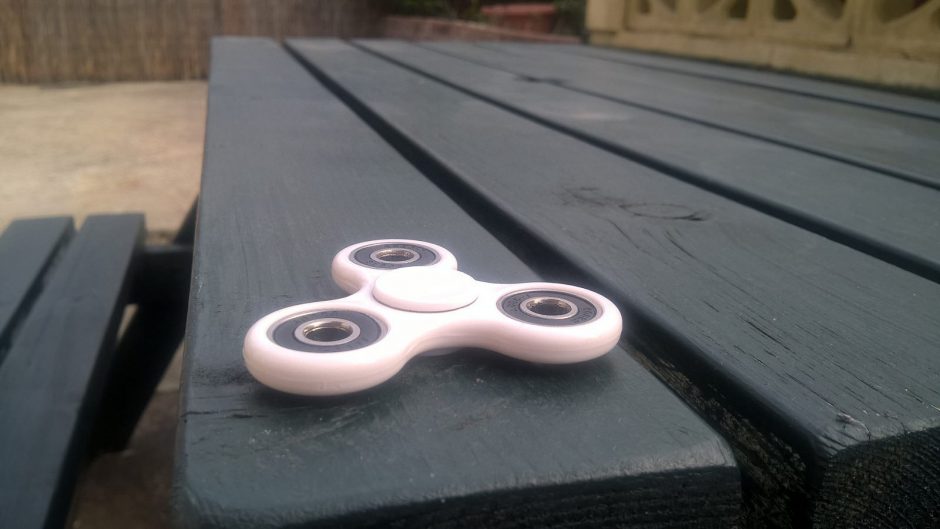
The fidget spinner trend may signal a larger issue with attention among kids in general in the modern school environment.
With more demands being put on kids of all levels, and a lack of recess and physical activity throughout the day, more kids need an outlet for their energy and may need help focusing, which spinners can provide.
As a person who doodles, fidgets and knits in meetings whenever I get the chance, I can definitely see the appeal of having something to do with your hands while listening or thinking, so long as it isn’t a distraction to others.
That’s not to say that every child who uses a spinner needs one, and in fact there’s some evidence that fidgeting can be counterproductive in kids who don’t have attention or sensory processing issues.
But if your kid is asking for one, check to see if the school has a policy against them (some places are apparently banning them) and go ahead and buy or make some for yourself.
If you’re a teacher, the Inspired Treehouse has great tips for introducing fidget toys and other sensory tools into your classroom.
The Physics of Fidget Spinners
Spinning illustrates a concept known in physics as conservation of angular momentum. Just as objects in motion in a straight line tend to stay in motion, so do objects that are spinning, until the friction between the center ball bearings and the outside spinner becomes too much and it eventually slows and stops spinning.
The bearings in the center of the fidget spinner limit the friction in the device as it spins, and spinners with more or better-quality ball bearings in them will spin longer than others (the size of the arms and the material it is made out of make a difference, too).
If you want a really geeky answer about how long a spinner will spin, check out this article from Wired.
Buying Fidget Spinners
Fidget spinners are becoming more widely available as the trend continues, so check local toy and educational stores first if you want.
Of course you can find a wide variety of fidget spinners on Amazon as well.
Making Your Own Fidget Spinners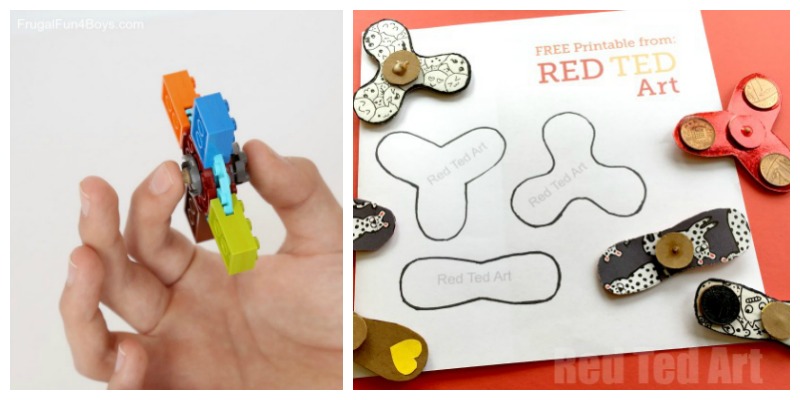
If you just want to try out a fidget spinner without having to buy anything, you can make your own fidget spinners. This is a fantastic STEM project because you can make the spinners out of different materials and see how well they spin.
I love the Lego fidget spinner from Frugal Fun for Boys and Girls. The pieces are not that fancy and you only need 19 parts to make one.
Red Ted Art has a couple of fantastic video tutorials for making fidget spinners with two arms and three arms (and has a template for making DIY fidget spinners). You definitely have everything you need to make these.
These don’t have ball bearings, of course, so they won’t spin as long or as fast as the store-bought version, but what fun these would be to make with your kids.
Check out more great DIY spinners at this roundup from Mum in the Madhouse. I particularly love the paracord spinner. So clever!
Fidget Spinner Tricks
While using fidget spinners at school, kids should stick to a one-handed spin, but there are all sorts of tricks you can do with spinners if you play with them at home or outside of school.
Here are just a few to get you started:
Do your kids have fidget spinners? Or has this craze not come to your part of the world yet? I’d love to hear your thoughts!
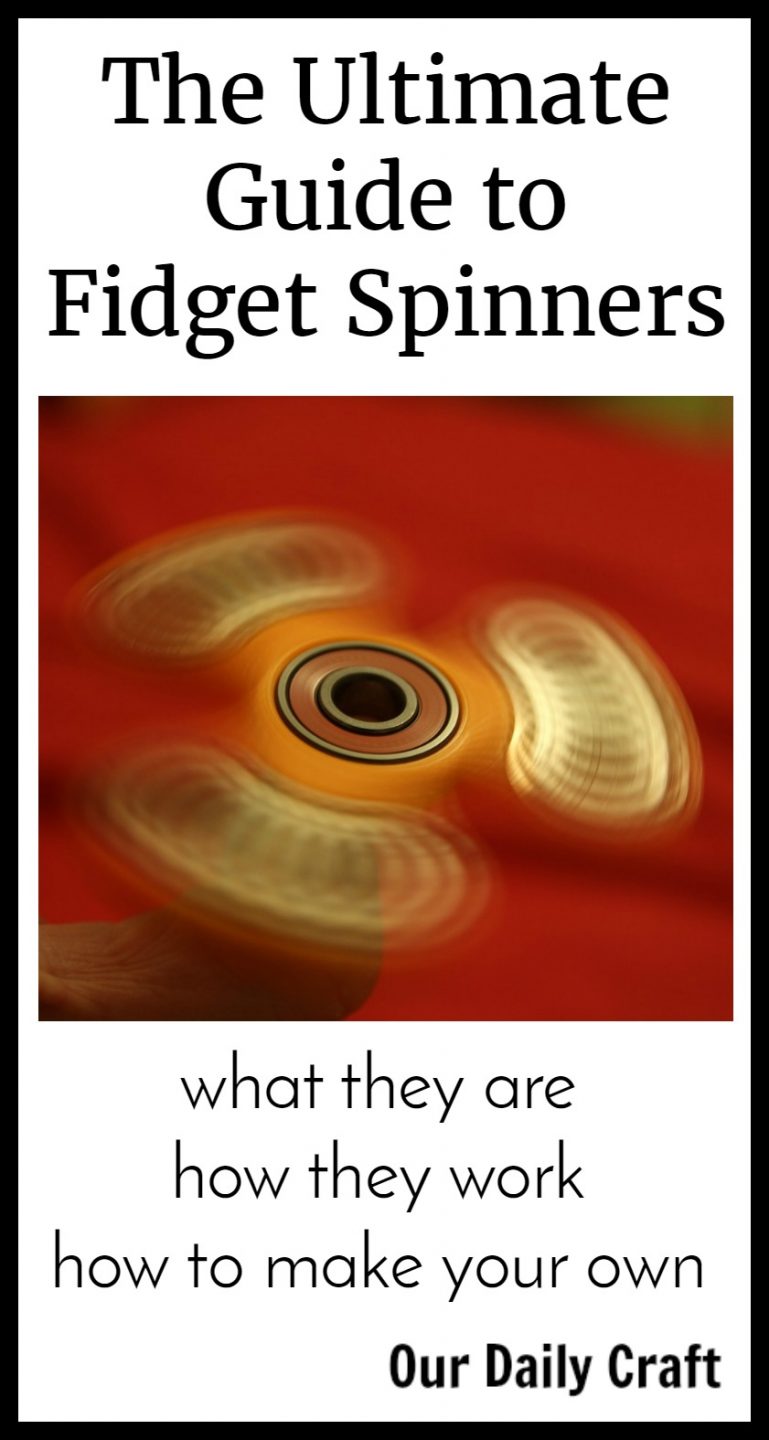
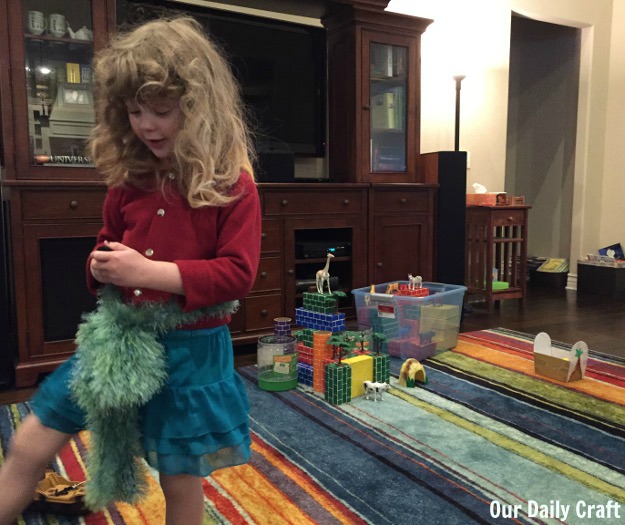
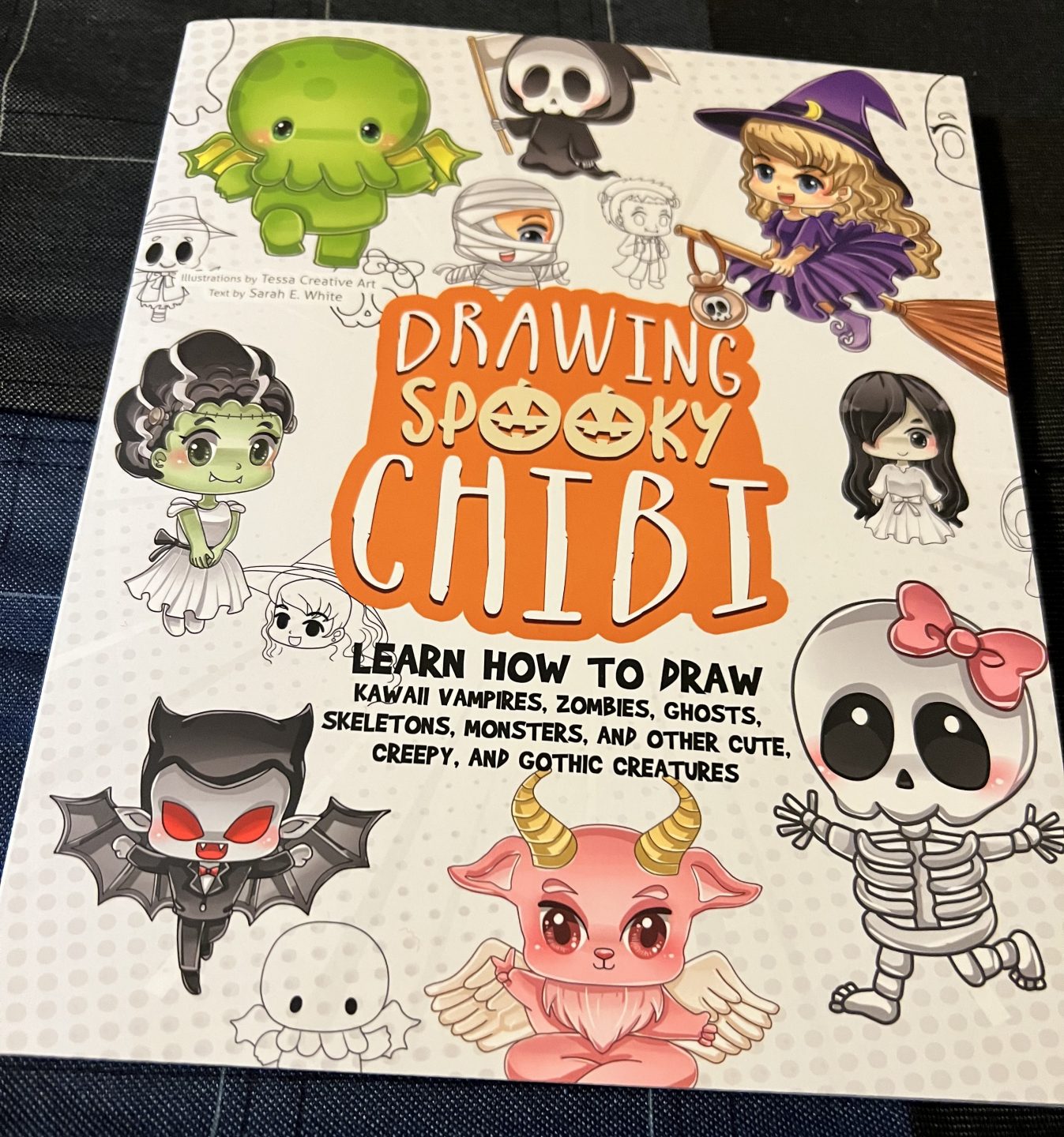

1 Comment
Excellent web site. A lot of helpful information here. I’m sending it to several buddies ans additionally sharing in delicious.
And naturally, thank you for your effort!